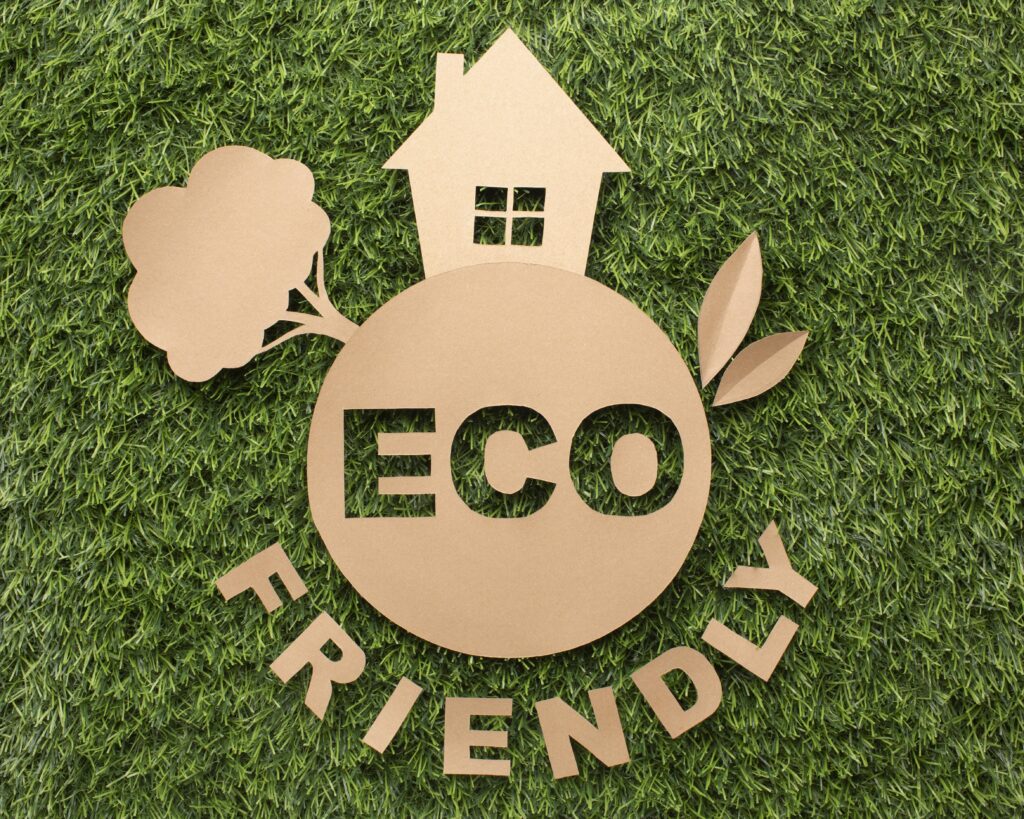Creating a home that is both eco-friendly and promotes health and well-being is a goal that many homeowners are striving to achieve. Sustainable homes are designed to reduce environmental impact, but they also offer significant benefits for those who live in them. Let’s explore how an eco-friendly home can improve your health and overall well-being.
One of the biggest health benefits of an eco-friendly home is improved indoor air quality. Traditional building materials and furnishings often release harmful chemicals, known as volatile organic compounds (VOCs), into the air. These chemicals can cause a range of health issues, from headaches to respiratory problems. Additionally, better ventilation systems in sustainable homes ensure a constant supply of fresh air, reducing the concentration of indoor pollutants. This leads to a healthier living environment and can alleviate symptoms for those with allergies or asthma.
Eco-friendly homes are designed to maximize natural light through strategically placed windows and skylights. Natural light is essential for our physical and mental health. It helps regulate our sleep-wake cycles, boosts mood, and can even improve productivity. By reducing the need for artificial lighting during the day, homeowners also save on electricity. This connection to natural light helps create a living space that feels vibrant and uplifting, enhancing overall well-being.
Sustainable homes often incorporate high-quality insulation, energy-efficient windows, and passive solar design to maintain comfortable indoor temperatures. These features help keep the home warm in the winter and cool in the summer without relying heavily on heating and cooling systems. Consistent, comfortable temperatures contribute to better sleep and overall comfort, which are crucial for good health. Reduced reliance on artificial heating and cooling also lowers energy bills, creating a more cost-effective and sustainable living environment.
Sustainable homes often use natural materials such as wood, bamboo, and stone. These materials not only have a smaller environmental footprint but also contribute to a healthier living environment. Natural materials are generally free from harmful chemicals and can add a sense of warmth and connection to nature.
Living in an eco-friendly home often encourages a healthier lifestyle. Sustainable living practices such as growing your own vegetables, composting, and using natural cleaning products become part of daily life. These practices promote physical activity, healthier eating, and reduce exposure to harmful chemicals. Engaging in these activities can improve physical health and foster a sense of accomplishment and purpose. They also provide opportunities for family bonding and education about sustainability and health
Conclusion
By making thoughtful choices in home design and daily living practices, we can create environments that nurture both our well-being and the world around us. Sustainable homes not only reduce environmental impact but also enhance the health and happiness of their occupants.








